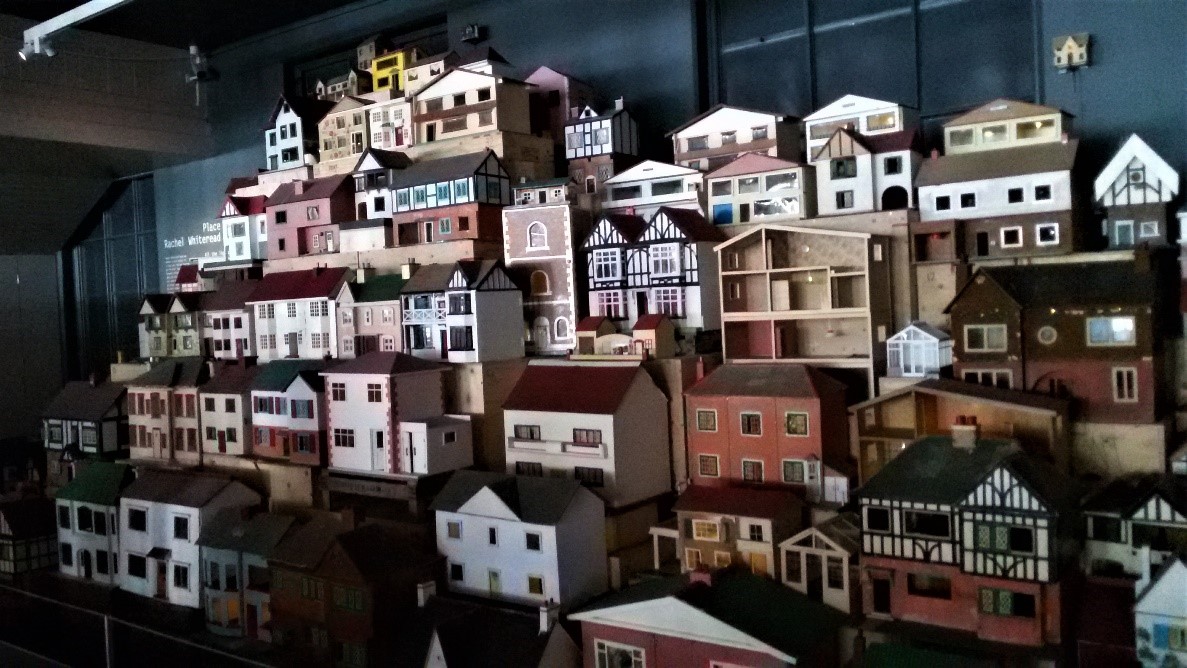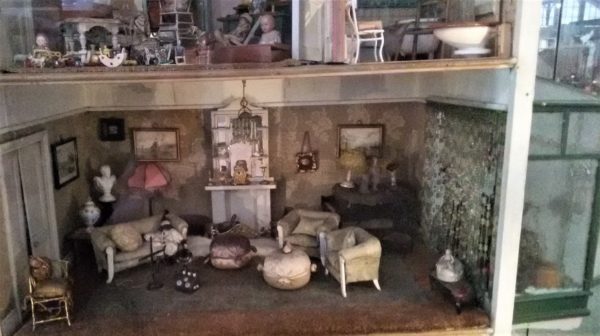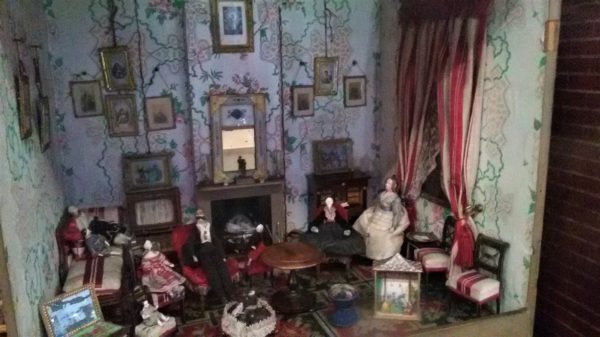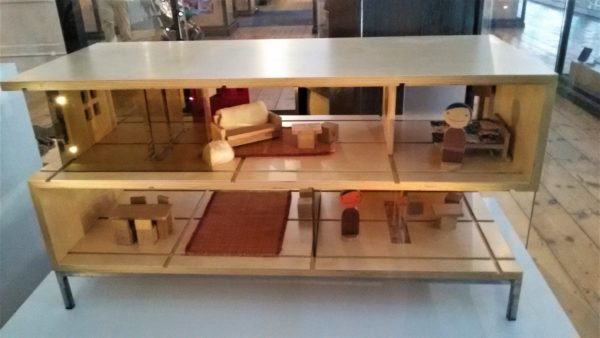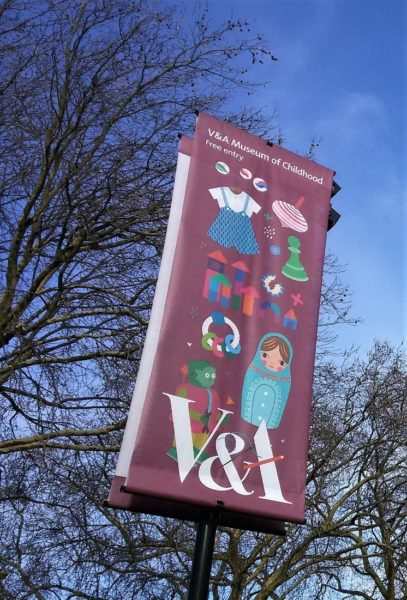The Victoria and Albert Museum of Childhood in Bethnal Green, is home to an historic collection of doll’s houses. These are diminutive in scale, but in such small frames the life of times past is writ large.
The earliest doll’s house dates back to the 1600s, and the collection reflects every major historical period since then, including the Victorian era and the iconic belle époque, all the way to the ‘modern’ 1950s and the minimalist 1990s.
Each doll’s house is a vivid representation of the era in which it was made. The way every house is divided and the purpose, decoration, position and furnishing of each room, describe how families used to live in the past. In the Victorian period, for example, the floral wallpapers, bookshelves, pianos, frames and curtains depict a British gentry with time and money for arts and luxury. The kitchens, always located in the basement, reveal the culinary preferences of the rich, with preparations for sumptuous dinners including lobster, fish, pies and turkey.
Doll’s houses, being miniatures of life as it was before we all dived into computers and ditched reality, were meant to prepare kids for their future. Thus, mother doll is seen playing the piano, while father doll reads on the sofa while their son endures a violin lesson. Just like most households today, right?
While the British doll’s houses illustrate the upper class, complete with maids, nannies and servants, their German counterparts focus on women’s roles in the house, including weaving, cooking and taking care of the children.
After all the Victorian clutter, by contrast the 1990s houses are far less detailed: they lack decorations almost entirely, the furniture is simpler, and the overall appearance is more childish.
The charm of these toys is the way they make you imagine what real life would have been like in days gone by.

